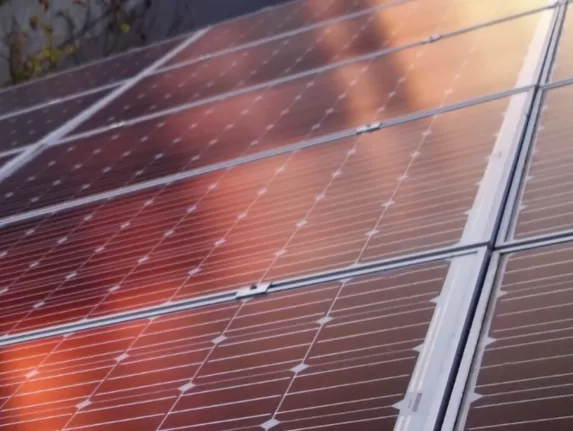Did you ever find yourself pondering on a sunny day how much energy we could harness if we effectively tapped into the sunlight bathing our planet? The answer: a lot! And, to reach this energy utopia, advancements in solar cell technology are key. One particular technology showing immense promise is the Perovskite Solar Cell. Read on to grasp why scientists and energy enthusiasts are buzzing about this!

What is Perovskite?
Brief history and origin
Don’t get intimidated by the term “Perovskite” – it’s just a type of mineral, first discovered in the Ural Mountains of Russia in the 19th century and named after the Russian mineralogist L.A. Perovski.
Unique properties
Perovskite, specifically the synthetic version used in solar cells, has a special crystallographic structure. This structure grants it fantastic light-absorbing properties and makes it a superstar in the world of photovoltaics.
What are Solar Cells?
How do they work?
Think of solar cells as tiny power factories. They convert sunlight into electricity using a process called the photovoltaic effect. When sunlight strikes the cell, it energizes the electrons, causing them to move and generate electricity.
Introduction to Perovskite Solar Cells
Understanding the mechanism
A Perovskite Solar Cell uses the unique properties of perovskite crystals to absorb sunlight and generate electricity. Just like a sandwich, the perovskite layer is nestled between other layers, each with a specific purpose, in order to create an efficient solar cell.
Advantages of Perovskite Solar Cells
Perovskite Solar Cells come with a host of benefits that are making traditional solar cells sweat:
Improved efficiency
Perovskite solar cells are giving traditional solar cells a run for their money, with lab efficiencies reaching over 25%. That’s a major step up from the early days of perovskite cells, where efficiencies were only around 4%.
Lower cost
They’re potentially cheaper to produce than their silicon counterparts. The reason? Perovskite can be manufacturedusing simple and inexpensive techniques, which is music to the ears of manufacturers and consumers alike.
Flexibility
Perovskite cells can be made flexible, lightweight, and semi-transparent, opening up possibilities for integrating them into buildings, vehicles, and even clothing.
Challenges and Solutions
Just like any budding technology, Perovskite Solar Cells are not without their growing pains. Here are some of the challenges they face:
Stability issues
These cells are not as long-lasting as traditional solar cells due to their sensitivity to moisture, heat, and UV light. However, researchers are continuously working on encapsulation techniques to protect the perovskite layer and enhance the cell’s lifespan.
Toxicity concerns
The most efficient perovskite solar cells contain lead, raising toxicity concerns. Yet, don’t worry! Scientists are actively exploring lead-free alternatives.
Current research trends
To address these challenges, intense research is ongoing globally, with scientists investigating new perovskite compositions, novel cell architectures, and advanced fabrication techniques.
Impact on the Renewable Energy Sector
With their potential, Perovskite Solar Cells are set to make waves in the renewable energy sector.
Potential market disruption
Due to their low cost and high efficiency, these solar cells could shake up the solar energy market, making solar power more affordable and accessible to the masses.
Future predictions
If current research trends continue, we could see a future where perovskite solar cells are common, not just in solar farms but in everyday products too.
Conclusion
Perovskite Solar Cells represent a significant leap forward in renewable energy technology. While there are challenges to overcome, the future looks bright for this innovative technology. It may not be too long before we see these high-performing, cost-effective solar cells helping to power our homes, cities, and possibly even our world.
Frequently Asked Questions (FAQs)
What is the efficiency of Perovskite Solar Cells?
Lab efficiencies of perovskite solar cells have reached over 25%. However, efficiencies can vary depending on the specific composition and structure of the cell.
Are Perovskite Solar Cells commercially available?
While significant strides have been made in research and development, commercial availability of perovskite solar cells is still limited due to issues like stability and lead toxicity.
Can Perovskite Solar Cells replace traditional silicon cells?
In the future, it’s possible! With their high efficiency and lower potential cost, they present a compelling alternative to silicon cells.
Are Perovskite Solar Cells environmentally friendly?
The main environmental concern regarding perovskite solar cells is the use of lead in their composition. However, scientists are exploring lead-free alternatives to address this issue.
How long do Perovskite Solar Cells last?
Currently, their lifespan is not as long as traditional solar cells due to their sensitivity to certain environmental factors. But researchers are actively working to improve their stability and longevity.